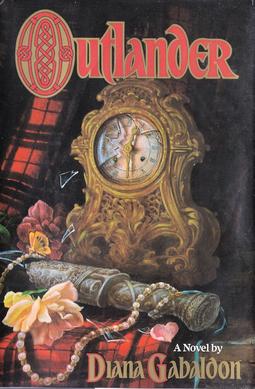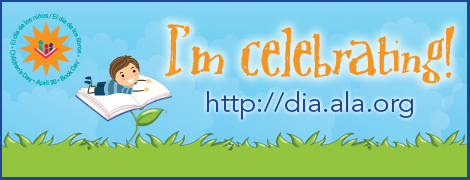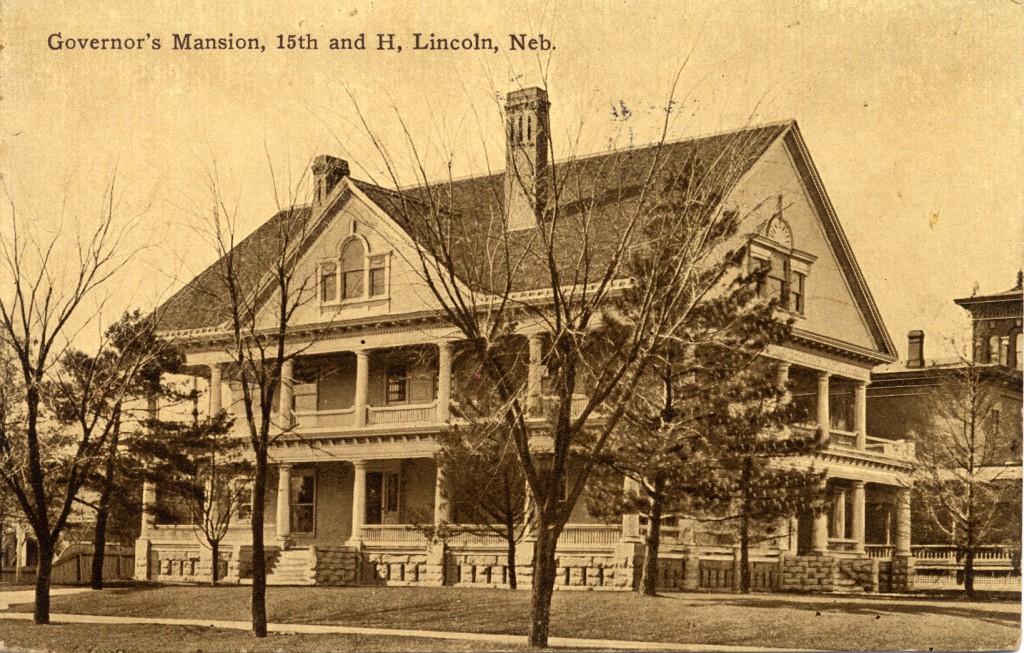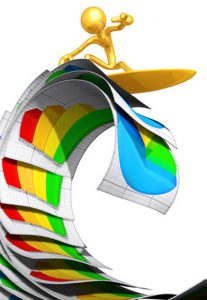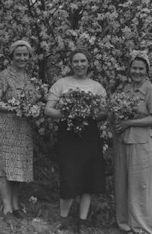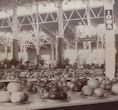Libraries, now more than ever, need creativity. A lot of them are doing a really great job of hitting the creativity mark, but there are many other examples of stellar strategic planning, flashy presentations, generalized stuffiness (yeah, that’s right, the Dude tells it like it is, and pleads guilty to being stuffy hisself), pretension, and interactive charts that illustrate (or continue) crappy ideas that no one in the real world cares about. Now, before your blood pressure starts to climb you can put your Beta-blocker away because the Dude isn’t saying that analytical thinking and project planning are not important. They obviously are. What the Dude is saying is that there is a huge and often overlooked benefit to jimmying your creativity (and the collective creativity of others) to come up with fresh new ideas. One major obstacle, admittedly for the Dude and most likely others, is creative confidence. Creative confidence is a term coined by brothers David and Tom Kelly and explored in depth in their book “Creative Confidence: Unleashing the Creative Potential within Us All”. Like most of those reading this (OK, for the handful), the Dude sometimes has some off the wall ideas. The Dude is realizing and learning the importance of not suppressing these, but it’s hard. Kids come into the world with this uncaring sense of creativity, but what frequently happens is that other kids (or even adults) laugh, poke fun at, or criticize those not yet ripe ideas when they are expressed. Unfortunately, this is a creative confidence buzzkill. Many of us suffer from the lack of creative confidence as adults not because we are not creative (most of us do have the capacity) but because of some (or many) of the creative confidence killers we experienced as kids. The Dude admits suffering from creative confidence anxiety, but the Dude is trying to work on it, with the help of the Brothers Kelley and a deep look into his soul.
Creative confidence now more than ever is essential to 21st century libraries and librarians. The Dude wishes to stress a few important prescriptions from the Brothers Kelley. One: flip the problem/solution model on its head, and come at things from a human side. Go out and find what people value, then find a technology or solution that addresses it (instead of discovering a new technology and then trying to fit it into something or trying to manufacture value). Two: Get people involved to the point that they are “raving fans”. Often this starts with someone within your organization (in this case your library) starting small fires or small experiments. Embrace their quirkiness, passion, and courage to bring the ideas forward. It’s contagious in a good way. If you are a Director or Administrator, be what the Kelley’s call a “squinter”. Squinters are able to look past the surface details of an idea; rather, they look not at its perfection but the overall shape of it. Squinters have people on their team that can work collaboratively to build on the essence of the idea, reshape it, remanufacture it, and change it into something classy or colossal. Teams that have the support and encouragement to bring less than polished ideas to the table are able to develop empathy for one another and build on their ideas. This is essential to the creative process, and really, essential to our lives. The effect is that this builds long lasting relationships that result in compassion, belonging, and connection.
How can libraries support creativity and build creative confidence, especially in younger people? The Dude thinks that these ideas are important both for staff/staff relationships, but also for staff/library visitor relationships, even though the nature of this post has been a focus on staff/staff relationships. The Dude is thinking about the staff/visitor connection and will probably explore this more in subsequent blog posts. For today, things might be aptly summed up by Tom Kelley: “Creative confidence is the ability to come up with breakthrough ideas and the courage to act on them.” For more info, take the time to watch the Kelley’s Creative Confidence Talk at Google and the Sir Ken Robinson’s website and TED Talks (“Imagination is the source of all human achievement”). Both are highly recommended. You might even want to incorporate these segments into your weekly or monthly staff meetings, if you have those. Shaka.
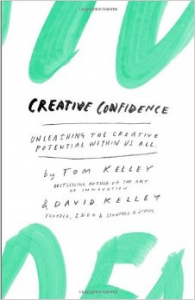


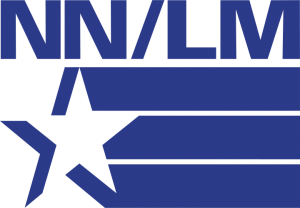 Looking for a reliable resource on Ebola? The National Library of Medicine’s Disaster Information Management Research Center, has created a new robust web page for just such resources.
Looking for a reliable resource on Ebola? The National Library of Medicine’s Disaster Information Management Research Center, has created a new robust web page for just such resources. Join us for next week’s NCompass Live: “Tech Talk with Michael Sauers: Windows 10”, on Wednesday, October 15, 10:00-11:00 am Central Time.
Join us for next week’s NCompass Live: “Tech Talk with Michael Sauers: Windows 10”, on Wednesday, October 15, 10:00-11:00 am Central Time.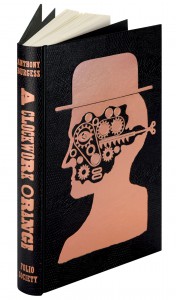
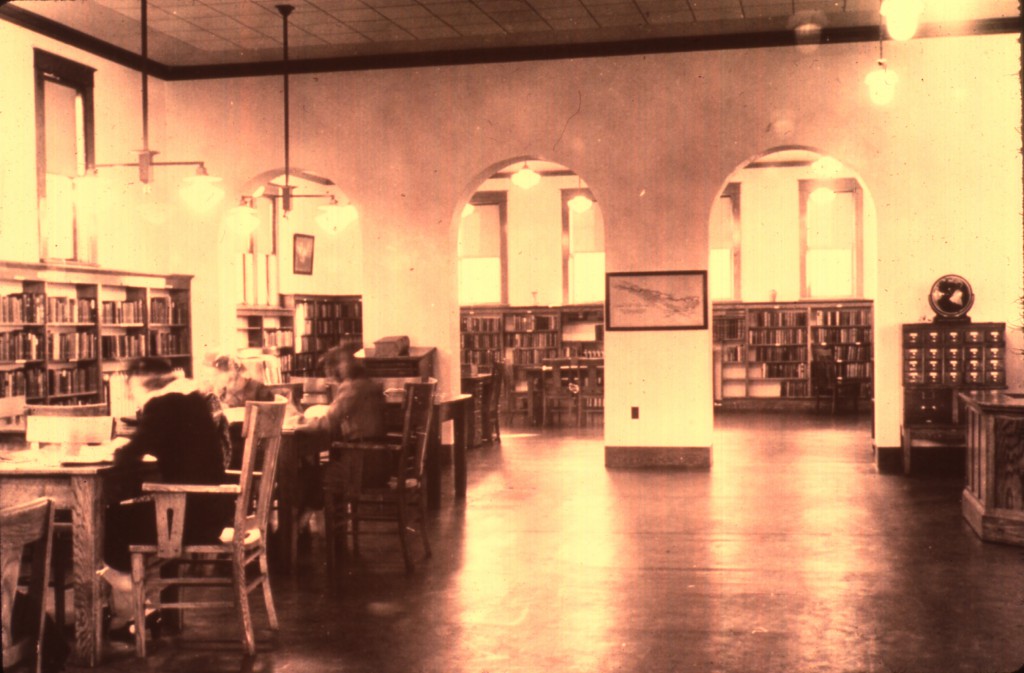
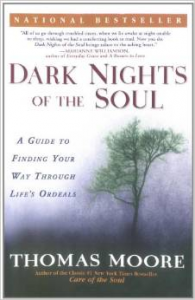
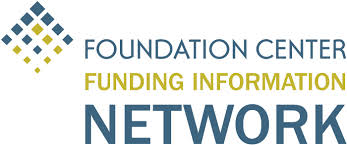
 Have you listened to the NCompass Podcast lately? Here are the episodes from September 2014. To get all of the episodes delivered to you automatically be sure to subscribe via
Have you listened to the NCompass Podcast lately? Here are the episodes from September 2014. To get all of the episodes delivered to you automatically be sure to subscribe via 
